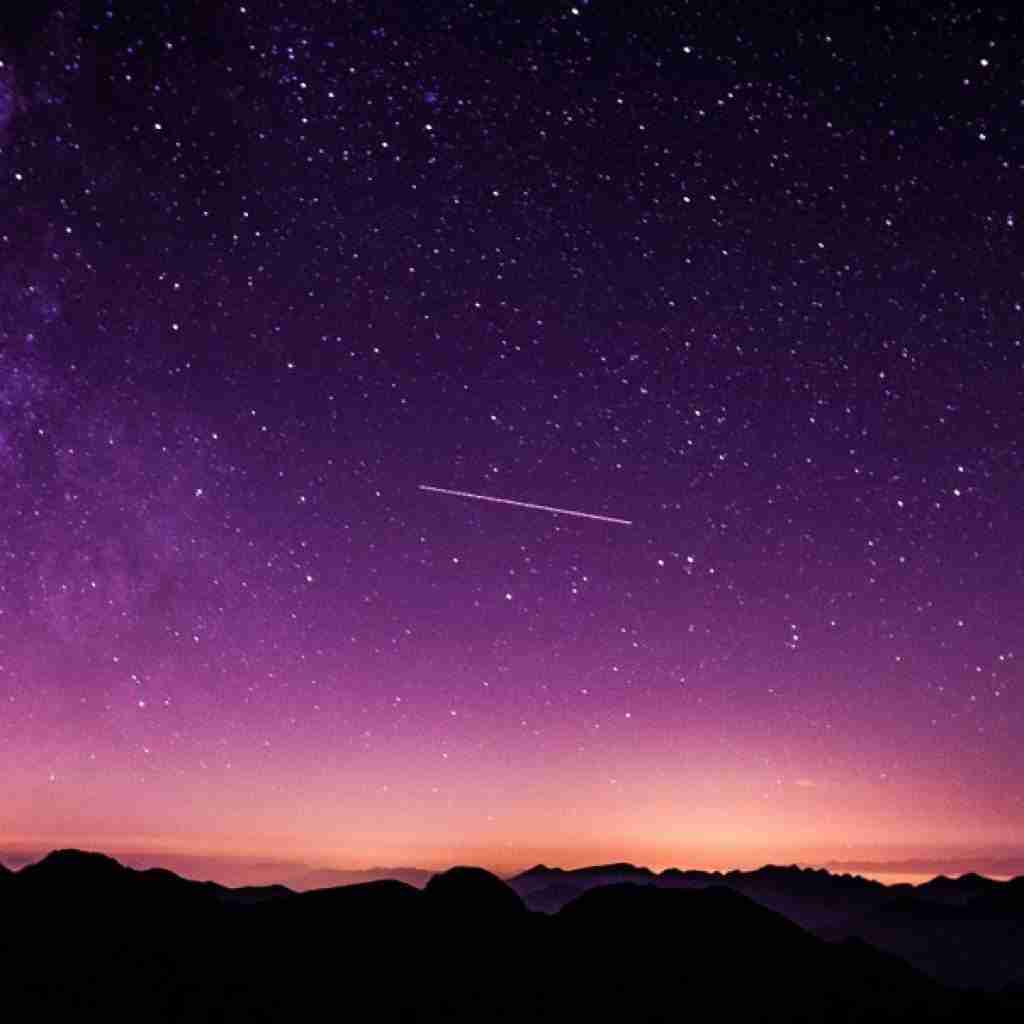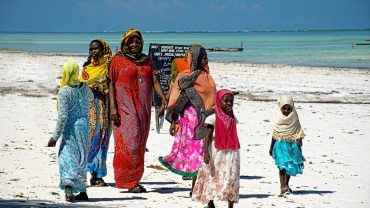È successo nei primi anni del XX secolo, in una fattoria coloniale in Namibia, nell’Africa sud-occidentale. Un uomo, Michael Hanssen, stava arando i suoi campi quando l’aratro colpì qualcosa di molto duro. Ciò produsse uno strano suono metallico, ma né il contadino né gli uomini che sono venuti ad aiutare riuscirono a togliere quell’oggetto dal terreno. Quindi chiamarono geologi e scienziati. Fu così che capirono di avere davanti solo la parte superiore di un oggetto molto più grande e incredibile: un meteorite! Dopo un secolo, il meteorite Hoba rimane ancora la più grande massa di ferro di origine sconosciuta mai trovata sul pianeta Terra! Questo ne fa un mistero e una meravigliosa attrazione turistica per la Namibia.
Informazioni sul meteorite di Hoba
Il meteorite trovato a Hoba, nella regione di Grootfontein in Namibia, cadde probabilmente sulla Terra 80.000 anni fa. È costituito per l’84% da ferro e per circa il 16% da nichel, oltre ad alcuni elementi di cobalto. La superficie che ne ricopre il nucleo mostra depositi di idrossido di ferro, da cui la sua classificazione come “meteorite ferroso classico“, per quanto riguarda la scienza. È registrato come meteorite IVB.
La grande massa ha la forma di un piatto di 2,7 x 2,7 m di dimensione, spesso 0,9 m, per un peso complessivo di 66 tonnellate. Il peso però si è ridotto a causa dell’erosione del tempo. Non è sicuro se avesse già una forma piatta, che potrebbe aver influenzato la sua velocità nell’entrare nell’atmosfera. Oppure se aveva una forma tonda ma diventà piatta per l’azione dell’impatto. Non c’è nessun cratere intorno, quindi forse la sua caduta è stata rallentata in qualche modo, o il meteorite è stato spostato da eventi climatici nel corso dei millenni.

Il meteorite di Hoba e il turismo
Dopo la scoperta, il governo della regione ha deciso di utilizzare le informazioni e il sito come attrazione turistica. Riuscirono a proteggere la zona dagli atti vandalici nel 1955 e nel 1985 costruirono i cerchi di pietre che ancora oggi circondano il meteorite. Qualche anno dopo c’erano già un punto informazioni e strutture turistiche tutt’intorno.
Hoba è l’attrazione principale della città di Grootfontein, un ex sito coloniale fondato nel 1885 da tedeschi e olandesi. Potete soggiornare in questa città e ammirare i suoi monumenti, oltre al sito del meteorite. Andate a visitare la Caserma Schutztruppe, oggi sede del Museo di Storia locale. O godetevi una visita alle vecchie miniere. Potete anche visitare la vecchia ferrovia. Il nome Grootfontein significa “sorgente calda” e si riferisce a siti termali non lontani dal centro.
Il sito del meteorite si trova a quattro ore di auto dalla capitale della Namibia, Windhoek.
Come arrivare, dove alloggiare
Noleggiate un’auto e guidate da Windhoek a Grootfontein, se conoscete il territorio e non vi dispiace affrontare un viaggio di 4 ore. Se preferite, però, ci sono servizi di autobus regionali che collegano la capitale a Grootfontein e al sito di Hoba.
A Grootfontein esiste un aeroporto, ma appartiene all’aviazione namibiana. La distanza da Windhoek all’aeroporto militare può essere coperta con un volo di 55 minuti, ma non tutti gli aerei sono autorizzati all’atterraggio.
Per quanto riguarda il vostro soggiorno, ci sono piccoli hotel e B&B a Grootfontein ma potete benissimo trovare la vostra base proprio vicino al meteorite, presso il locale “campo di soggiorno” dedicato alla famosa e misteriosa pietra. (traduzione dall’inglese di Grazia Musumeci)






Comment (0)